Memorable Teaching: Leveraging memory to build deep and durable learning in the classroom: 2 (High Impact Teaching)
£15.20
“I doubt you’ll find an education book with more useful insights per minute of reading time.” Dylan Wiliam, Emeritus Professor of Educational Assessment at UCL
This book is for any teacher or school leader who’s interested in understanding how learning works, and how to optimise their teaching to make it happen. It stitches together the best available evidence from cognitive science and educational research into a coherent set of actionable principles that you can use to improve your impact in the classroom.
Memorable Teaching has been carefully constructed to be a highly efficient reading experience. It is short, sparse and you should be able to read it in about an hour.
Memorable Teaching is the second instalment in the High Impact Teaching series.
—–
Contents
Act I: Preliminaries
- Why memory?
- Memory architecture
- The 9 principles
Act II: Principles
- 1: Manage information
- 2: Orient attention
- 3: Streamline communication
- 4: Regulate load
- 5: Expedite elaboration
- 6: Refine structures
- 7: Stabilise changes
- 8: Align pedagogies
- 9: Embed metacognition
—–
Praise for Memorable Teaching
“I can’t remember when I have ever read a book that takes such complex ideas and communicates them with sophistication and simplicity.” Oliver Caviglioli, Education author & information designer
“A truly excellent book which sets out the science behind learning with remarkable clarity.” Mark Enser, Head of Geography at Heathfield Community College
—–
Praise for other books in the High Impact Teaching series
“A great little book for teachers based on robust evidence.” Carl Hendrick, Head of Learning and Research at Wellington College
“Things that make teachers’ lives simpler like this are few and far between.” Doug Lemov, Author of Teach Like a Champion
“All I can say is that it was everything I’d hoped for and more.” Jon Hutchinson, Assistant Head at Reach & Visiting Fellow at Ambition
“Another absolute gem from Peps Mccrea.” Helene Galdin-O’Shea, English teacher & researchED organiser
“Peps packs the punches from the first page.” Kathryn Morgan, Advisor at TDT & ubergeek
Read more
Additional information
| Publisher | CreateSpace Independent Publishing Platform (9 April 2017) |
|---|---|
| Language | English |
| Paperback | 110 pages |
| ISBN-10 | 1532707797 |
| ISBN-13 | 978-1532707797 |
| Dimensions | 13.34 x 0.64 x 20.32 cm |

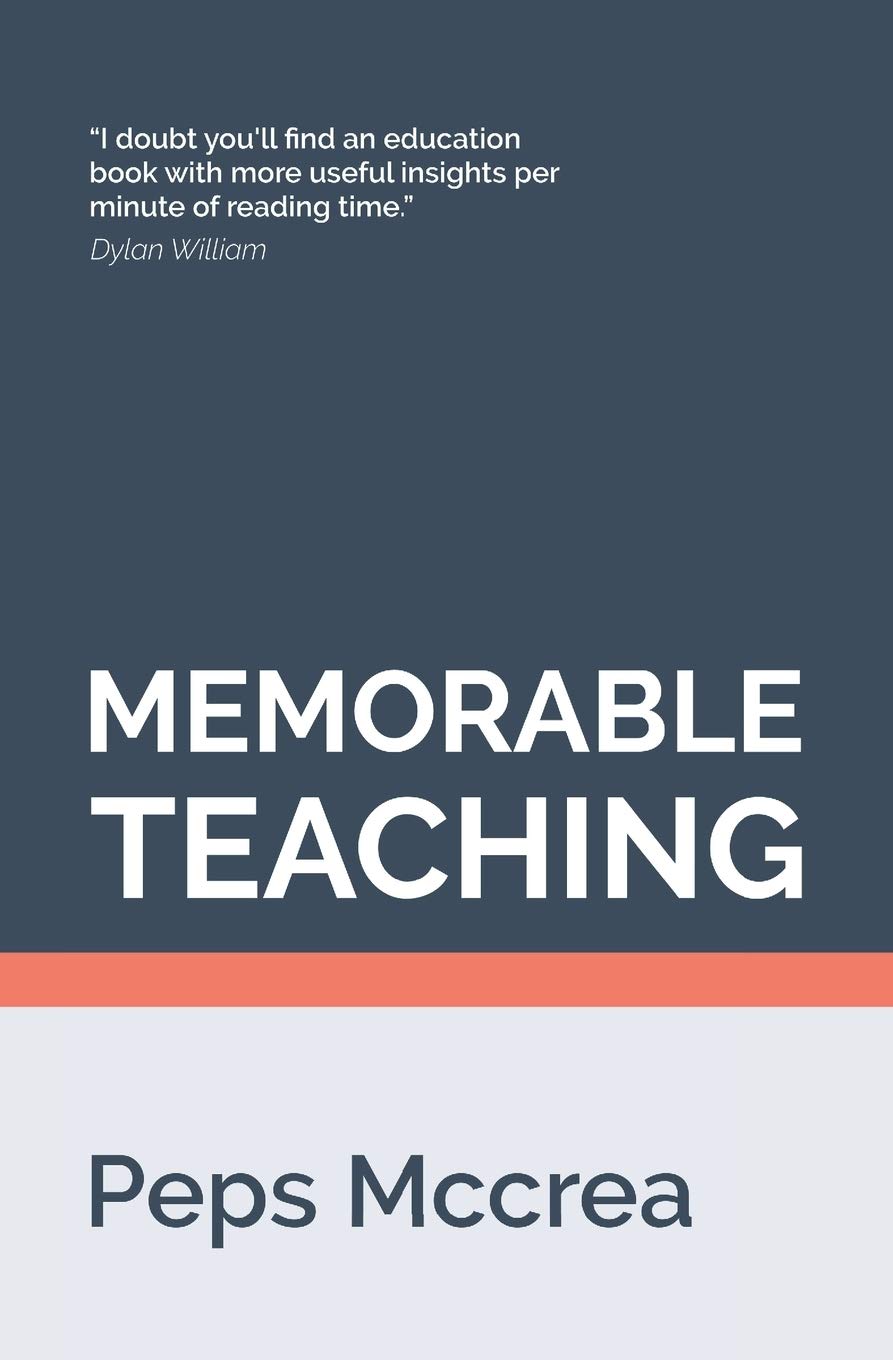
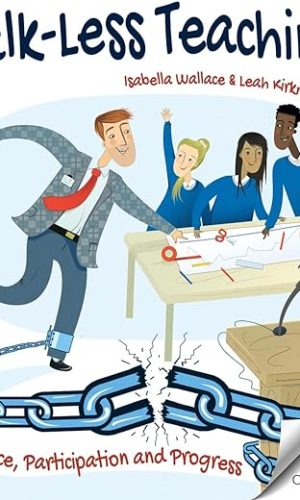
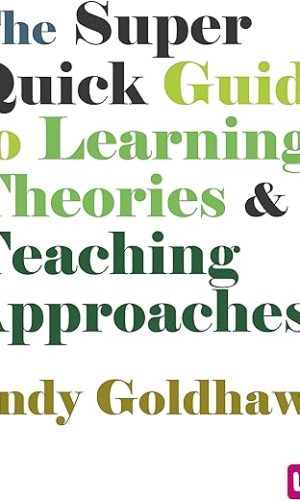
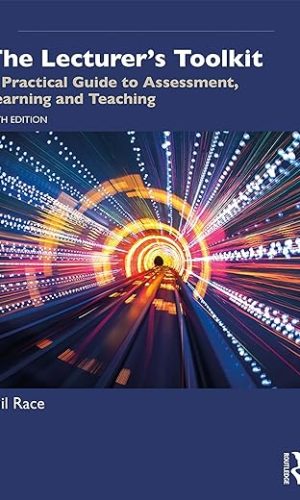
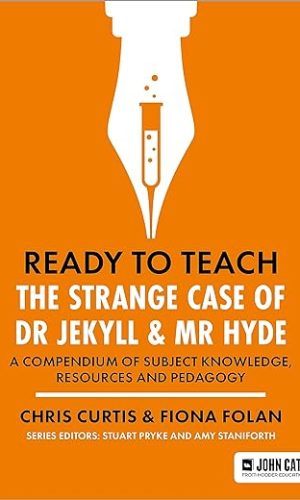
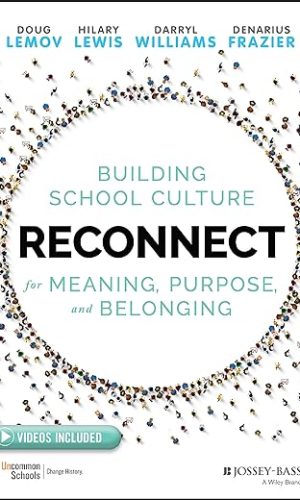
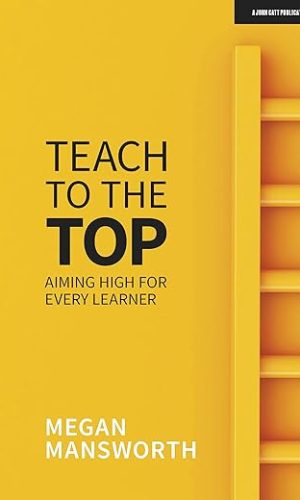
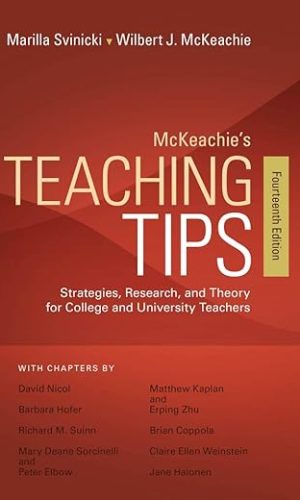
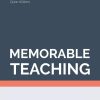
by sarah larsen
Probably the most to-the-point, clear, no-nonsense book on teaching and learning I’ve read so far. No flowery language or superfluous content. Every page… no, every sentence, is concerned with not just what works best in the classroom context, but, crucially, WHY. For too long, teachers have planned lessons around engaging m, jazzy tasks, giving little to no thought to what was going on in their students’ brains in terms of their THINKING. Consequently, we took our eye off the ball, but this book seeks to address the issue that when students are made to think, learning is more likely to take place. It explores the nature of working and long term memory and, despite its concise nature, gives a very comprehensive account of what we as educators can do to maximise our students’ ability to grasp and retain new concepts. However long you’ve been teaching (and I speak as someone who has twenty-two years’ experience), this book will have something to offer your practice. Highly recommend!
by Tom
OMG. Where to start? As an experienced and (in my eyes) committed teacher, I am astonished, somewhat confused, and most of all disturbed that this ‘book’ has received favourable reviews from people, who I can only assume are fellow teachers, who I would consider my peers. I begin to doubt myself and wonder if I am a lesser breed of professional for not recognising the (ahem) ‘wisdom’ in this text? How can others see 5 stars, where I see less than zero? So, like I said, where to start? Other reviewers have mentioned the thin-ness and oversized font that would make this more of an hour-long magazine article than a book, and I agree; but really, it’s the content that is utterly devoid of substance, totally lacking, unworthy of mention, and utter, complete tripe. Please allow me to include a few examples to highlight what the author, Peps Mccrea, is selling us here for £11 a pop: “Having a clock in plain view can easily trigger tangential (good word) trains of thought, so position it at the back of the room.” That is genius, thank you. Here’s another: “Listening to ambient music using noise cancelling headphones can help people focus in an otherwise noisy environment.” Brilliant! Let’s all reach for our class set of noise cancelling headphones. Or not. There’s more: “Text and speech are efficient tools for communicating meaning, particularly abstract concepts.” You don’t say?! I did not know text and speech could do that. But it never ends: “If you are going to speak for long periods of time, consider building in pauses to allow students to take notes and make sense as you go.” Wow. That is insightful advice. Thanks. There is so much gut-wrenchingly, painfully obvious tosh in this £11 article (not a book) that I had to physically stop myself several times from hurling it across the room. How can this be 5, 4, 3, 2 stars? Please, fellow reviewers, quote your evidence. I challenge you. My rant continues: “Leveraging (good word) starting stimuli can be useful when we need to quickly change our student’s (students’?) focus of attention. We can provoke this reaction by clapping hands, blowing whistles or ringing bells.” Really?? Pardon me, but holy crap! I will clap my hands more often. More? Go on then: “We can reduce the complexity of any task by breaking it down into its constituent components, and giving our students smaller pieces of the puzzle to tackle.” OK, if I was a naive NQT, or lacked all common sense, this would count as good advice, but that’s an insult to NQTs. Lastly, and most painful of all, comes this gem from Peps on ‘How to store live information during a lesson’: “Capture thinking in class discussions, by writing student contributions on the board as they are given.” Ugh. Kill me now. Are you for real? Reminding qualified teachers to write contributions on the board? I cannot tell you how angry I am that I was tricked into buying this ‘thing’. I do realise that I am ranting here, and I have a lot to get off my chest, but where is the quality? What do others see with their 5 stars that I cannot begin to? Please do enlighten me. Do not, repeat, do not buy this. Avoid at all cost.
by Benja
Not a word wasted. Packed full of suggestions and explanations based on the science of how we learn. Links to further reading to further develop our understanding
by Hannah Slimm
I was introduced to Peps’ work at the start of lockdown by my former coach. Since then I have lived and breathed the memorable teaching and lean lesson planning books, using them as valuable evidence to inform coaching sessions with NQTs and UQTs. Although I found most of it is what I already do it is fascinating to understand the science behind what has become instinctive as an experienced teacher. My favourite part of this book found your references for further reading. His book is concise as to not cognitively over load the reader but these further reading references offer you the opportunity to delve deeper into any areas that peak your interest. Thanks Peps!
by James R
Dear Horsemen and Women of the Tweed apocalypse,
Whenever the subject of memory comes up, invariably ganglions start vibrating and fears about Victorian ‘rote learning’ start whizzing about; as if getting students to remember the things we teach is an abuse of personal freedom and human dignity – I wonder why nobody says this about musicians practicing their scales, or actors learning their lines – but that is another matter. For the record, Peps Mccrea’s amazing book on ‘Memorable Teaching’ is not about making rows of robot students endlessly recite things until they have learnt them. Instead, this lovely, slim, volume contains fantastically useful strategies for ‘leveraging memory to build deep and durable learning in the classroom.’
Mccrea manages on every page to distil the latest theories of cognitive science into a readily accessible volume that allows you to make small but crucial changes to practice. In a nutshell he identifies nine key areas that are proven to have impact – for example how to focus student attention on what they need to think about and therefore enhance their chances of learning/bringing about a change in long term memory. He explains how busy slides and displays overload limited working memory, and he gives excellent advice on how to ‘orient’ student attention – and that’s just for starters!!
A memorable book on memory. I shall be borrowing heavily from this book and sharing widely with new and experienced teachers alike.